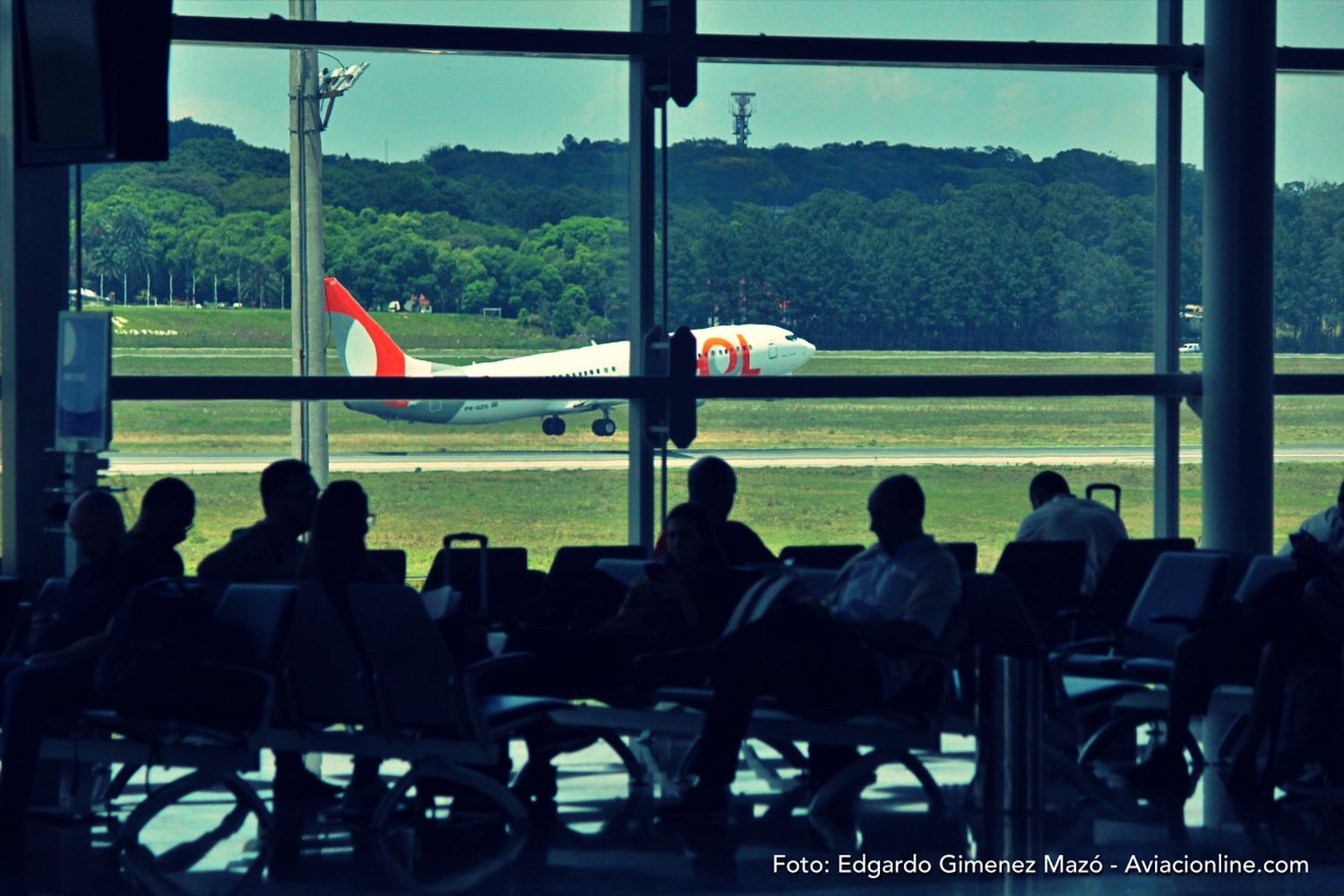GOL Linhas Aéreas Considering Debts Restructure in US: Folha
GOL Linhas Aéreas is negotiating the debts that were incurred during the pandemic and worsened by the problems related to Boeing, its main supplier. However, the talks have only just begun and are proving difficult, given the number of stakeholders involved, from lessors, investors, banks and other types of creditors.
According to the editor of Folha de São Paulo, Julio Wiziack, the company is considering filing for Chapter 11 reorganization in the United States.
This was the same path adopted by LATAM, which opted for Chapter 11 instead of filing for reorganization in Brazil and Chile, where its main headquarters are located. Because both companies, like Azul, are listed on the NYSE and registered in the US, they have this legal option.
Today, GOL’s debt is around R$20 billion reais (~USD 4.1 billion), of which R$3 billion would be due by the end of the year and the company has no more guarantees to present in possible refinancing and renegotiations, since a large part of the assets were placed with the Abra Group, which also controls Avianca Colombia, which also went through the same process in the USA.
If Chapter 11 is put in place, all debts up to the time of entry into Judicial Recovery will be frozen, giving the company more cash flow and leaving it with only current and day-to-day obligations.
LATAM emerged stronger after going through Chapter 11 and is now the least indebted of the big three in Brazil, but it also had to make staff cuts, return aircraft and reorganize.
While the history of the American process is positive, that of the Brazilian one is grim: Avianca Brasil (Oceanair), Itapemirim, Varig and Vasp have all succumbed to Judicial Recovery in Brazil, which for many is confusing and there is no certainty as to what decisions will be taken.
It’s worth noting, however, that all these airlines were being run in a very poor and even amateurish way for several years and with the consent of the owners, which is why they went into RJ.
In a statement, GOL said that it was «continuing its efforts to improve profitability, strengthen its balance sheet and position itself, in the long term, as the company that democratized air transport in the country. To this end, it informs that it is in discussions with its financial stakeholders (creditors) about various options that bring greater financial flexibility, including additional capital to finance operations».


Para comentar, debés estar registradoPor favor, iniciá sesión